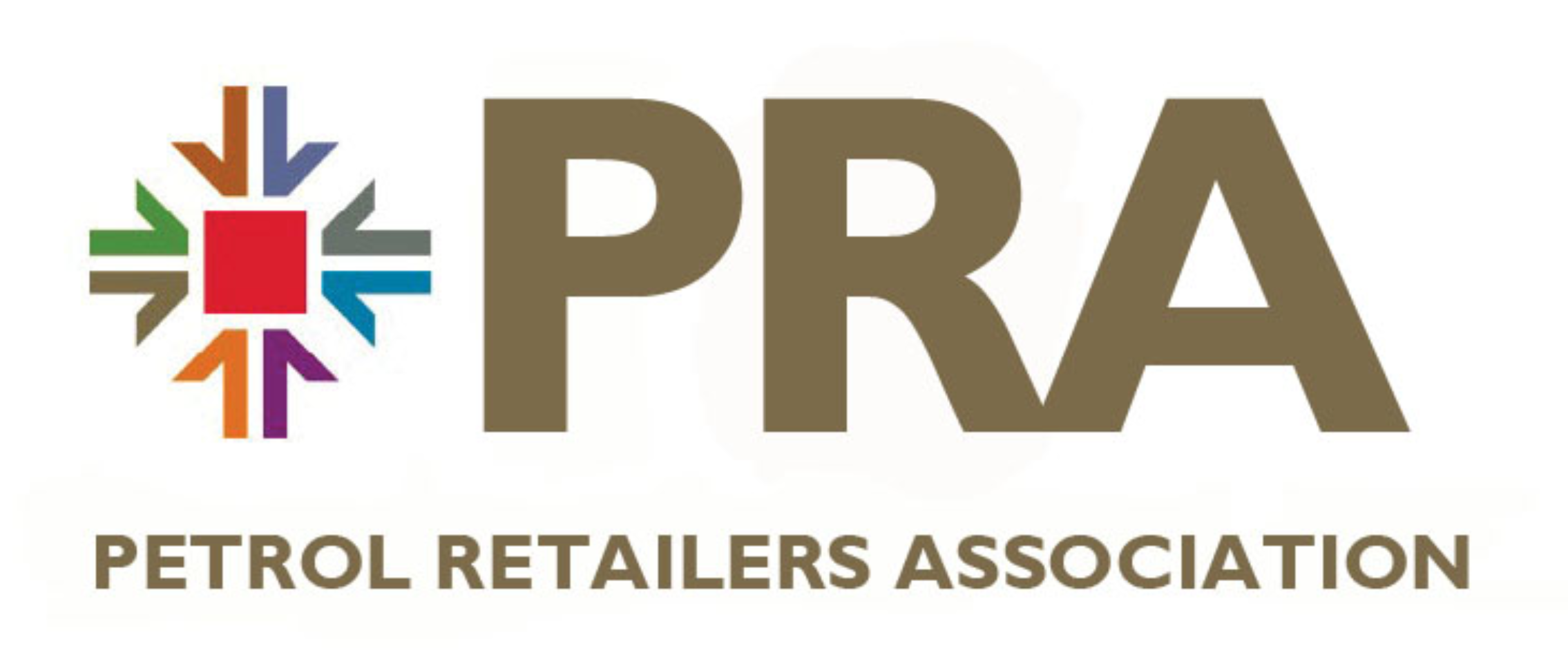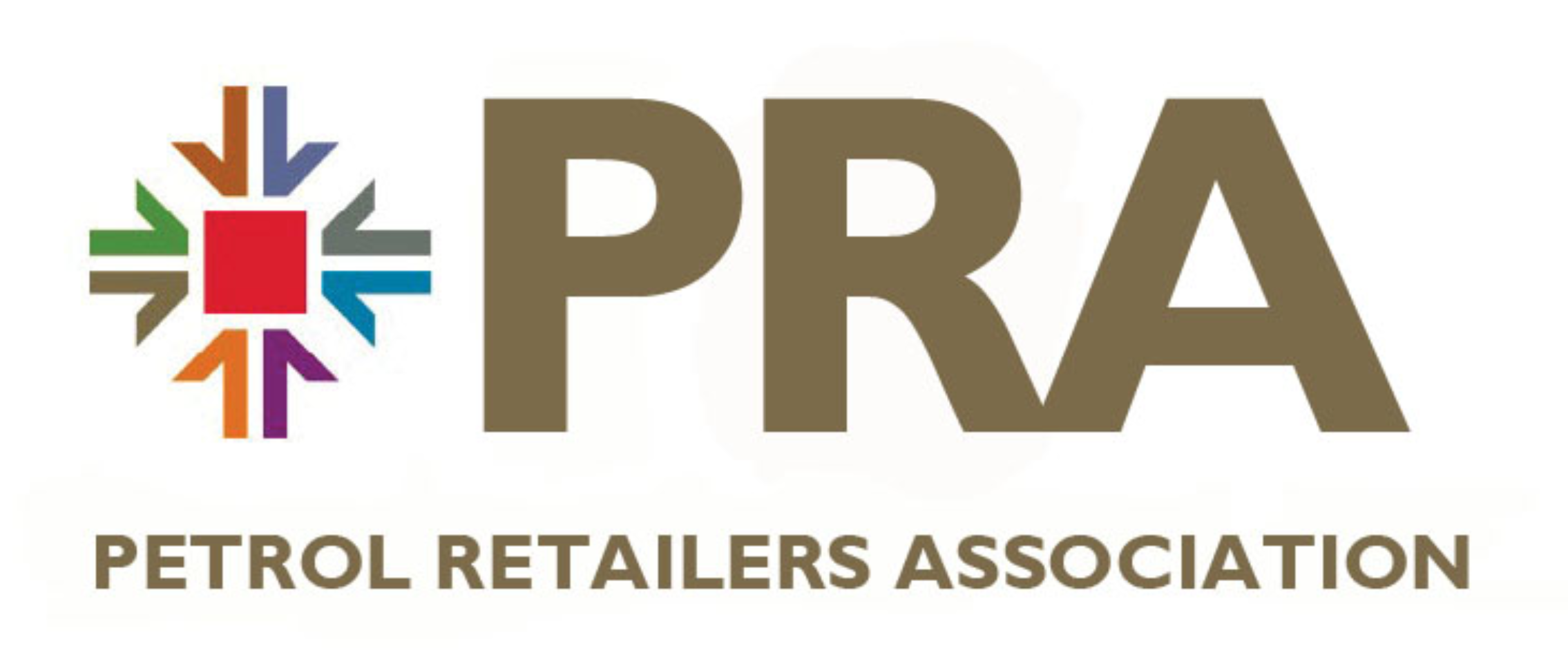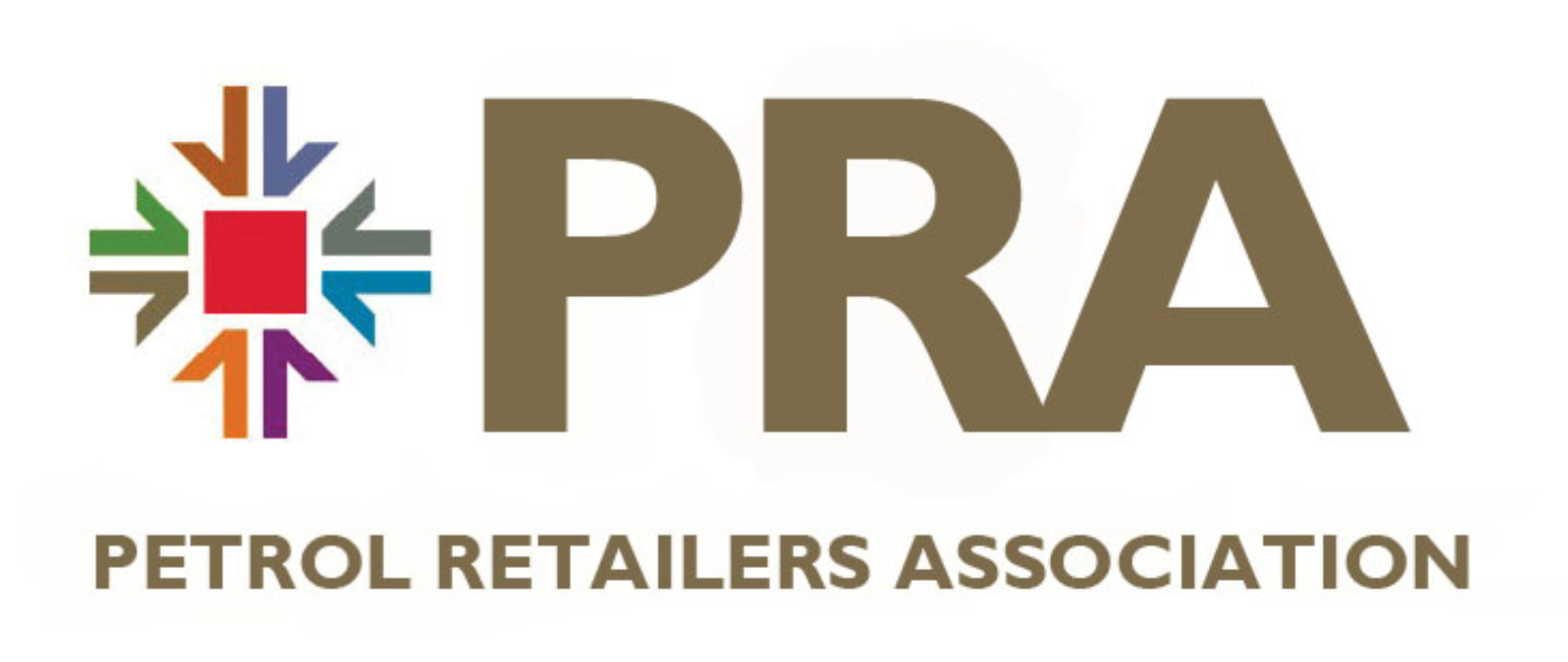Title Page
-
Client/Site
-
Date
-
Prepared by
-
Location
PRA
-
-
iAuditor Suite of Petrol Retailers Association Safety and Environmental Check Lists
The Petrol Retailers Association Technical Team has compiled a suite of check lists to be used within the iAuditor mobile device application. This app is free to use and adapt by up to 10 people for an unlimited number of inspections and encourages regular and comprehensive checks to ensure that their forecourts are operating safely and in compliance with all relevant legislation. The check lists consist of:
1. Daily staff check list
2. Weekly staff check list
3. 6 monthly management check list
The check lists have been compiled with valuable input from the PRA Technical Committee, which consists of a cross-section of operators of petrol filling stations of all sizes. The content of the check lists has also been endorsed by Hampshire County Council (who are also a member of the Technical Committee) under the Co-ordinated Primary Authority Partnership they operate with the PRA.
The check lists are comprehensive and cover all aspects of safety (related to Petroleum Legislation) and compliance that it is necessary to check for faults, functionality, adequate maintenance etc. It is recognised that petrol filling stations vary in both the way that they operate through physical arrangements, type and age of equipment, mode of operation, arrangements for deliveries of fuel etc. Therefore, the check lists can be adapted for each petrol station or business as necessary. Individual items can be removed and added as required to cover all that it is necessary to check on a specific site. For example, the items related to Driver Unassisted Deliveries can be removed when a site receives deliveries of petrol with site staff assisting the tanker driver. Whilst unrelated items may be removed from a site check list, the site-specific risk assessment which is a legal requirement under the Dangerous Substances and Explosive Atmospheres Regulations 2002 (DSEAR), must be used to ensure that nothing has been removed from a check list which could be deemed to affect site safety and nothing which poses a site-specific risk has been omitted from that check list.
The frequency of the carrying out of the checks has been a subject of much debate and we have arrived at the suggested level of frequency based on the staff carrying out the checks having a good level of competence and site specific knowledge of the site at which they are working. This should enable them to carry out the checks within a short period of time, with less experienced staff obviously taking longer and possibly referring to other members of staff or managers to fully understand what is necessary for the checks to be completed. As well as improving the ongoing safe operation of petrol stations, we see this as a good tool for the training of new staff.
DOCUMENTATION/RECORDS (available/current – some on-line or on site acceptable)
-
Visitors Book readily available and completed correctly (by everyone visiting to work on site)
-
Pay @ Pump / Payment by device or contactless. (if applicable). Operating safely and satisfactorily? Check for customer complaints.
-
Any new members of staff undergoing required training to enable them to oversee forecourt operation? And training records available to indicate?
-
Wet-stock records – Available / Satisfactory (Minimum 12 months) (No alarms sounding, or actions advised by 3rd Party SIR - service if applicable)<br>These arrangements are site specific and this item will need to be adapted for what is applicable for the site.
-
Vapour Recovery System Stage II tests (if applicable)<br>Is the system operating correctly? If applicable are lights on dispensers showing green?<br>These arrangements are site specific and this item will need to be adapted for what is applicable for the site.
SHOP / KIOSK / OFFICE
-
Means of escape Satisfactory (unobstructed inside and outside) (not secured and will open)
Console/Forecourt control position;
-
Point of Sale equipment operating satisfactory
-
Forecourt loudspeaker system working satisfactorily
-
Emergency telephone accessible to staff
-
Emergency stop switch satisfactory (accessible / signed / use known to staff)
-
Shop/building free of smells of petrol.
-
Clear view of the fuel dispensing positions from control point.
-
CCTV system provided for vision of dispensing positions, working satisfactorily (if applicable)
-
Is replacement clothing (for customers who have spilt fuel on their clothes) available?
-
Is there a fully stocked First Aid kit (including eye wash) available on site?<br>(This is a legal requirement)
Tank Contents Measuring (gauges / dip-stick) & Alarm Systems
-
Leak Detection System Satisfactory (if applicable) (Location known and not alarming).
-
Separator Alarm System Satisfactory (if applicable) (location known and not alarming)
FORECOURT (General)
-
Hazard zones free from rubbish and/or sales goods. Particularly areas around dispensers/dispenser islands, tanker stand and tank vent pipes.
-
Fire extinguishers satisfactory (Service Rec. /Tamper seals). Confident that they would operate if required
-
Buckets of sand/absorbent material satisfactory (lidded and a minimum of ¾ full)
-
No portable electrical equipment in hazard areas (near to dispensers, tanker stand or tank vent pipes)
-
Lighting on the forecourt and tanker delivery area satisfactory when required.
-
Emergency Stop switch labelled correctly (if applicable) (was previously known as the Firemans Switch and usually located on the front of the building). Do not test unless prior arrangements have been made to reactivate forecourt
-
Is an adequate supply of disposable gloves available for customer use? (If applicable)
Driver Unassisted Delivery Box present on forecourt. (Previously know as Driver Controlled Delivery Box). (Check following either daily or immediately prior to tanker delivery).
-
Floodlight activates when opened
-
Telephone – working / speed dials working & appropriate
-
Gauge printer working & correct
-
Emergency equipment correct (extinguisher & sand/absorbent material)
-
Emergency stop satisfactory (Do not test without making prior arrangements to reactivate forecourt).
If site operates Driver Unassisted Deliveries without a DUD box - If so, check following either daily or immediately prior to tanker delivery:
-
Do arrangements agree with Risk Assessment?
-
Does tanker driver has access to forecourt building, site phone and tank gauges?
Customer Emergency Cabinet. (Required if site operates in Unmanned Mode at any time).
-
Adequate illumination to enable cabinet/contents to be operated.
-
Telephone line – working / appropriate numbers listed /speed dial provided
-
Instructions for Use - clear & correct and showing address of site
-
Emergency equipment correct (extinguisher & sand/absorbent material)
-
Emergency stop satisfactory. (Do not test unless prior arrangements have been made to reactivate the site).
TANKS & FILLPOINTS
-
Tank fill point closed /locked and correctly labelled with number, grade and maximum working capacity.<br>Check daily or immediately prior to tanker delivery.
-
Are keys to tank fill point available and labelled correctly
-
Vapour connection point satisfactory & labelled (if applicable)<br>Check daily or immediately prior to tanker delivery.
DISPENSERS
-
Are any dispensers noisy (squeaking etc) when in operation. This may indicate that the drive belt is worn and likely to break.
-
Hose to dispenser joint satisfactory?
-
Are nozzle spouts loose, rotating or out of normal alignment?
-
Nozzle operation satisfactory. The nozzle cutting out automatically is critical to customer safety. It is not practical to regularly test nozzles, however at the first sign of spillages or complaints from customers. The nozzle should be put out of use until it has been tested for correct operation and replaced if necessary.
-
Fuel to be dispensed correctly identified on dispensers and nozzles?
-
Are dispensers free of damage?
LPG
AUTOGAS (If applicable)
-
Are dispensers including hoses and nozzles and free of damage? If hose/nozzle is tethered, is cable in place and in good condition?
LPG CYLINDER STORAGE (if applicable)
-
Are all cylinders stored within the cage and cage locked when not in use?
COMPLETION
-
Additional Notes
-
Signature










